Abarth 500 595 695 vs Porsche Cayenne – Which model is better for everyday use?
Compare performance, boot capacity, efficiency and price at a glance.
Find out which car is the better choice for you – Abarth 500 595 695 or Porsche Cayenne?
Costs and Efficiency:
When it comes to price and running costs, the biggest differences usually appear. This is often where you see which car fits your budget better in the long run.
Abarth 500 595 695 has a clearly advantage in terms of price – it starts at 32600 £, while the Porsche Cayenne costs 87000 £. That’s a price difference of around 54438 £.
As for range, the Abarth 500 595 695 performs convincingly better – achieving up to 265 km, about 182 km more than the Porsche Cayenne.
Engine and Performance:
Under the bonnet, it becomes clear which model is tuned for sportiness and which one takes the lead when you hit the accelerator.
When it comes to engine power, the Porsche Cayenne has a clearly edge – offering 739 HP compared to 155 HP. That’s roughly 584 HP more horsepower.
In acceleration from 0 to 100 km/h, the Porsche Cayenne is decisively quicker – completing the sprint in 3.60 s, while the Abarth 500 595 695 takes 7 s. That’s about 3.40 s faster.
In terms of top speed, the Porsche Cayenne performs convincingly better – reaching 305 km/h, while the Abarth 500 595 695 tops out at 155 km/h. The difference is around 150 km/h.
There’s also a difference in torque: Porsche Cayenne pulls clearly stronger with 950 Nm compared to 235 Nm. That’s about 715 Nm difference.
Space and Everyday Use:
Whether family car or daily driver – which one offers more room, flexibility and comfort?
Seats: Porsche Cayenne offers a bit more seating capacity – 5 vs 4.
In curb weight, Abarth 500 595 695 is convincingly lighter – 1410 kg compared to 2130 kg. The difference is around 720 kg.
In terms of boot space, the Porsche Cayenne offers convincingly more room – 772 L compared to 185 L. That’s a difference of about 587 L.
In maximum load capacity, the Porsche Cayenne performs decisively better – up to 1708 L, which is about 1158 L more than the Abarth 500 595 695.
When it comes to payload, Porsche Cayenne decisively takes the win – 705 kg compared to 385 kg. That’s a difference of about 320 kg.
Who comes out on top?
Overall, the Porsche Cayenne shows itself to be wins the duel decisively and secures the title of DriveDuel Champion.
It convinces with the more balanced overall package and proves to be the more versatile choice for everyday use.
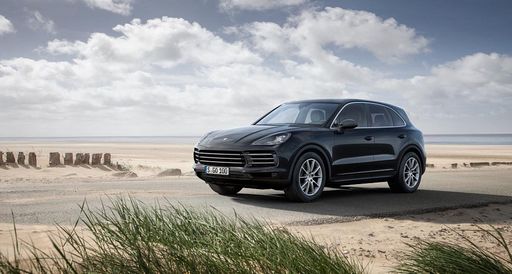 @ Dr. Ing. h.c. F. Porsche AG
@ Dr. Ing. h.c. F. Porsche AG
Porsche Cayenne
Abarth 500 595 695
The Abarth 500, particularly in its 595 and 695 renditions, captures the spirit of Italian motoring with its compact yet aggressive design. Known for its lively performance and distinctive styling, this little powerhouse is a joy to drive, offering an engaging experience that appeals to enthusiasts. With its rich motorsport heritage, the Abarth 500 embodies the essence of fun and excitement on both the streets and the race track.
details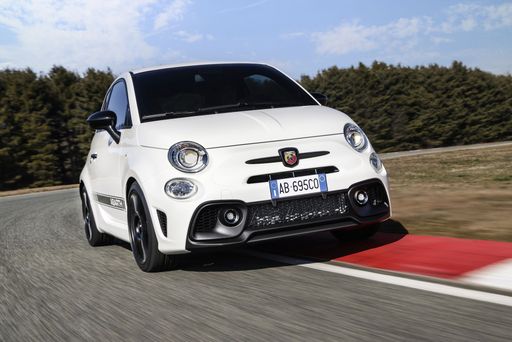 @ Abarth / Stellantis Media
@ Abarth / Stellantis Media
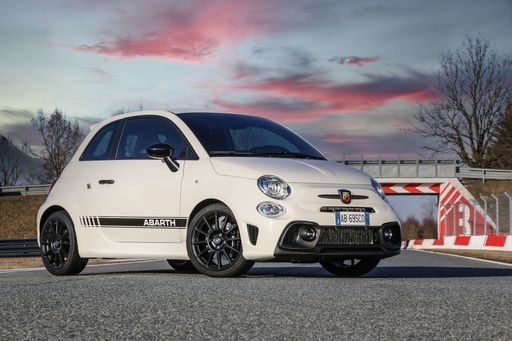 @ Abarth / Stellantis Media
@ Abarth / Stellantis Media
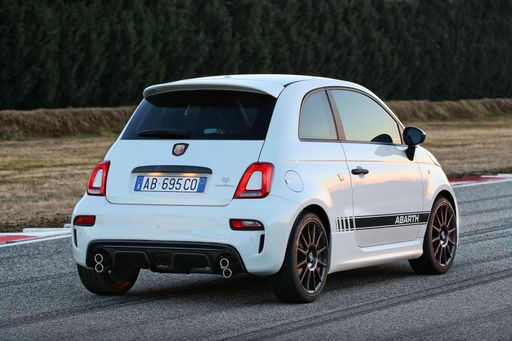 @ Abarth / Stellantis Media
@ Abarth / Stellantis Media
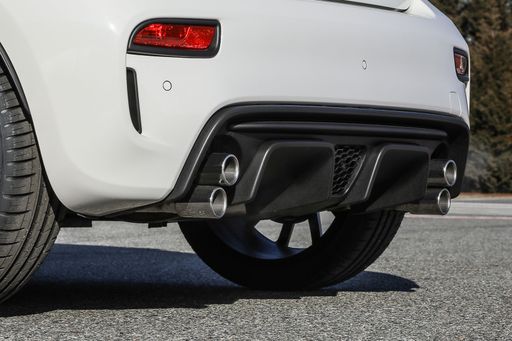 @ Abarth / Stellantis Media
@ Abarth / Stellantis Media
 @ Abarth / Stellantis Media
@ Abarth / Stellantis Media
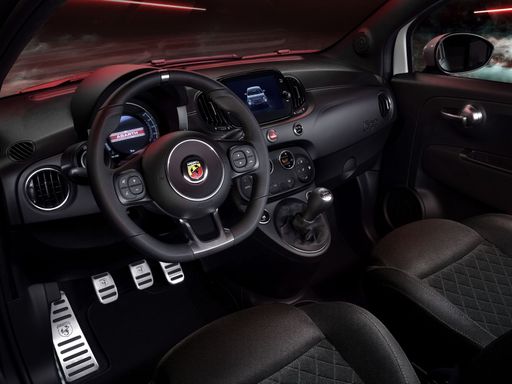 @ Abarth / Stellantis Media
@ Abarth / Stellantis Media
Porsche Cayenne
Der Porsche Cayenne präsentiert sich als beeindruckender Vertreter der Premium-SUVs und verbindet kraftvolles Design mit luxuriösem Komfort. Sein dynamisches Fahrverhalten und die hochwertigen Materialien im Innenraum machen jede Fahrt zu einem besonderen Erlebnis. Zudem bietet der Cayenne modernste Technologiefunktionen, die sowohl Unterhaltung als auch Sicherheit gewährleisten.
details @ Dr. Ing. h.c. F. Porsche AG
@ Dr. Ing. h.c. F. Porsche AG
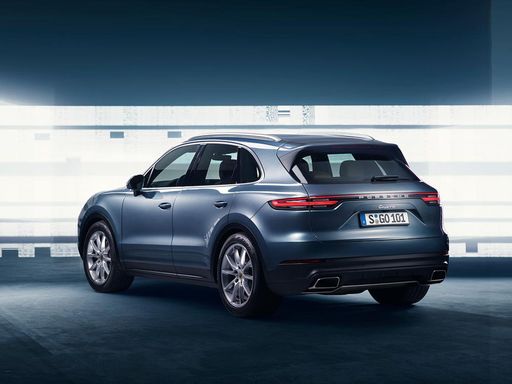 @ Dr. Ing. h.c. F. Porsche AG
@ Dr. Ing. h.c. F. Porsche AG
 @ Dr. Ing. h.c. F. Porsche AG
@ Dr. Ing. h.c. F. Porsche AG
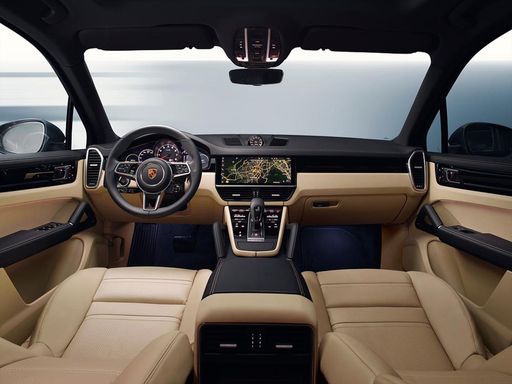 @ Dr. Ing. h.c. F. Porsche AG
@ Dr. Ing. h.c. F. Porsche AG
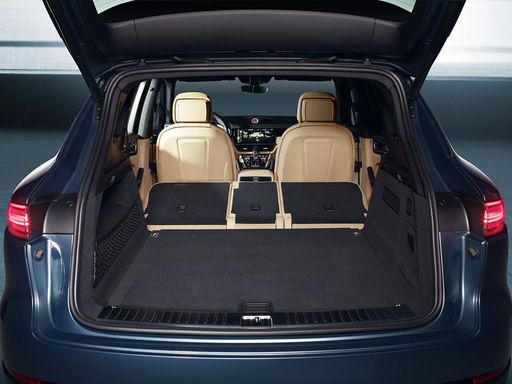 @ Dr. Ing. h.c. F. Porsche AG
@ Dr. Ing. h.c. F. Porsche AG
 @ Abarth / Stellantis Media
@ Abarth / Stellantis Media
|
 @ Dr. Ing. h.c. F. Porsche AG
@ Dr. Ing. h.c. F. Porsche AG
|
|
|
|
Costs and Consumption |
|
|---|---|
|
Price
32600 - 39400 £
|
Price
87000 - 186400 £
|
|
Consumption L/100km
-
|
Consumption L/100km
4 - 12.2 L
|
|
Consumption kWh/100km
17.1 - 18.8 kWh
|
Consumption kWh/100km
-
|
|
Electric Range
242 - 265 km
|
Electric Range
74 - 83 km
|
|
Battery Capacity
37.80 kWh
|
Battery Capacity
21.80 kWh
|
|
co2
0 g/km
|
co2
90 - 277 g/km
|
|
Fuel tank capacity
-
|
Fuel tank capacity
70 - 90 L
|
Dimensions and Body |
|
|---|---|
|
Body Type
Hatchback
|
Body Type
SUV
|
|
Seats
4
|
Seats
4 - 5
|
|
Doors
3
|
Doors
5
|
|
Curb weight
1410 - 1435 kg
|
Curb weight
2130 - 2670 kg
|
|
Trunk capacity
185 L
|
Trunk capacity
434 - 772 L
|
|
Length
3673 mm
|
Length
4930 mm
|
|
Width
1682 mm
|
Width
1983 - 1989 mm
|
|
Height
1518 mm
|
Height
1652 - 1698 mm
|
|
Max trunk capacity
550 L
|
Max trunk capacity
1344 - 1708 L
|
|
Payload
370 - 385 kg
|
Payload
365 - 705 kg
|
Engine and Performance |
|
|---|---|
|
Engine Type
Electric
|
Engine Type
Petrol, Plugin Hybrid
|
|
Transmission
Automatic
|
Transmission
Automatic
|
|
Transmission Detail
-
|
Transmission Detail
Automatic Gearbox
|
|
Drive Type
Front-Wheel Drive
|
Drive Type
All-Wheel Drive
|
|
Power HP
155 HP
|
Power HP
353 - 739 HP
|
|
Acceleration 0-100km/h
7 s
|
Acceleration 0-100km/h
3.6 - 6 s
|
|
Max Speed
155 km/h
|
Max Speed
248 - 305 km/h
|
|
Torque
235 Nm
|
Torque
500 - 950 Nm
|
|
Number of Cylinders
-
|
Number of Cylinders
6 - 8
|
|
Power kW
114 kW
|
Power kW
260 - 544 kW
|
|
Engine capacity
-
|
Engine capacity
2995 - 3996 cm3
|
General |
|
|---|---|
|
Model Year
2023
|
Model Year
2025
|
|
CO2 Efficiency Class
A
|
CO2 Efficiency Class
G, B, C
|
|
Brand
Abarth
|
Brand
Porsche
|
Is the Abarth 500 595 695 offered with different drivetrains?
The Abarth 500 595 695 is offered with Front-Wheel Drive.
The prices and data displayed are estimates based on German list prices and may vary by country. This information is not legally binding.
